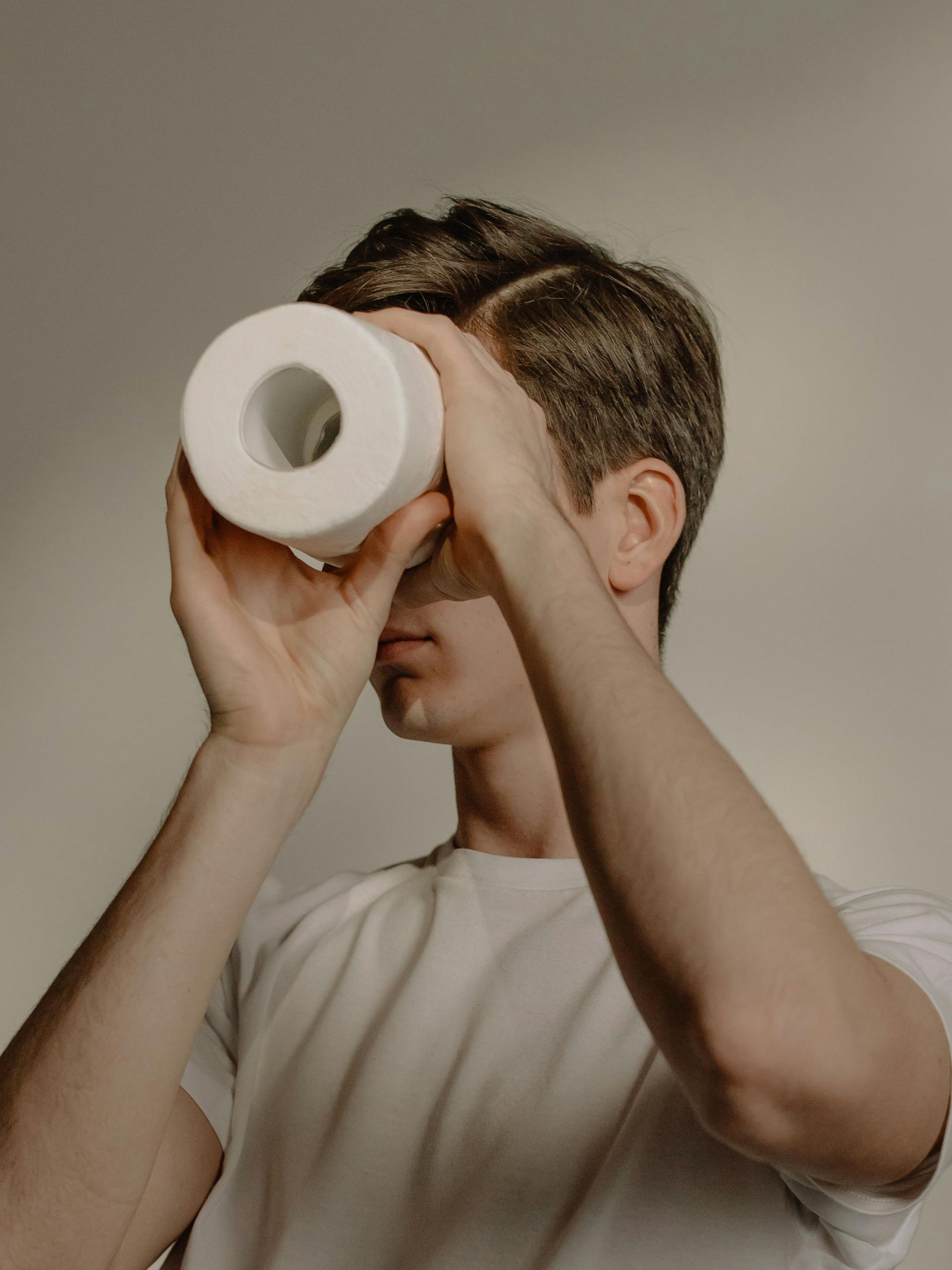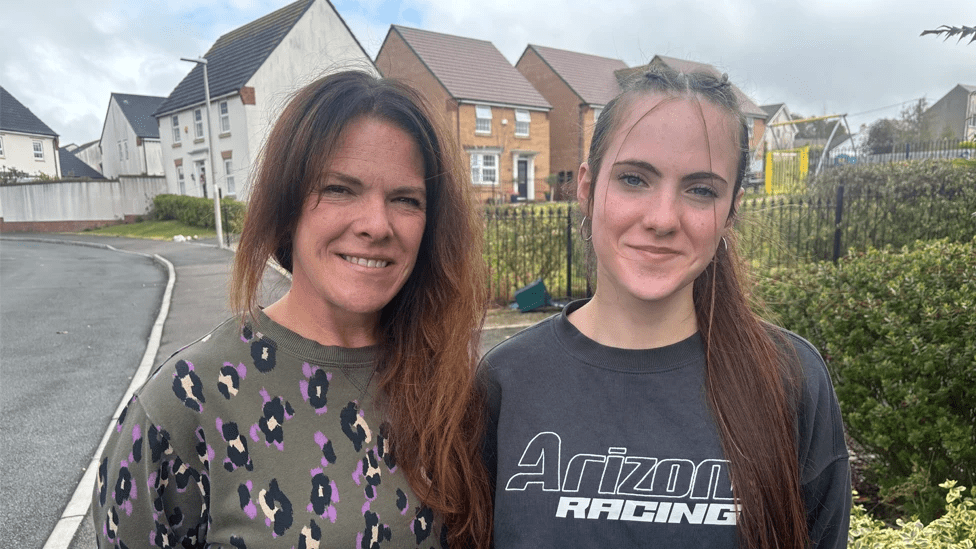
Holding it in
I recently came across the new Andrex toilet roll advert that highlights a shocking statistic: a staggering number of children are holding in their poo at school. And while the number is genuinely alarming, I couldn’t help but feel the campaign completely misses the point.
Let’s be clear — poor-quality toilet roll isn’t the real issue here. It’s a tiny detail in a much bigger and more worrying picture.
It’s More Than Just Toilet Paper
Yes, school toilets have always been tricky. Many of us grew up with a genuine dread of using them — from dodgy locks to bullying, or the ever-looming threat of being on the receiving end of a toilet prank. But today’s reality in schools is far more complex.
Now, toilets aren’t just unpleasant — they’ve become places to escape. More and more students are using toilet cubicles to vape, film TikToks, eat their lunch alone, and in some confusing (and frankly disturbing) cases, smear waste on walls or seats. It’s deeply unsettling for younger students and equally upsetting for older ones who just want a moment of privacy or a quiet break.
But here’s the thing: these behaviours aren’t just “bad behaviour.” They’re signals. Signals that something isn’t right.
Why Are Students Hiding in Toilets?
Instead of focusing on the softness of toilet paper, we need to be asking the more difficult questions:
Why are children avoiding the toilet all day unless it’s an absolute emergency?
Why are students hiding in cubicles instead of going to class?
What’s really going on beneath the surface?
These aren’t just random acts of rebellion. They’re often responses to stress, anxiety, social isolation, fear, or trauma — the kinds of unmet needs that manifest when children don’t feel seen, supported, or safe.
And let me bring it closer to home: both of my children avoid using the toilet at school unless they absolutely have to. I’ve seen my teenage son bolt through the front door after school, barely making it to the toilet. That’s not normal — and it shouldn’t be.
Getting to the Bottom of It (Pun Fully Intended)
It’s time to shift the conversation. Not from 2-ply to 4-ply, but from surface-level fixes to real systemic change.
Children need:
Clean, private, safe toilet spaces.
Adults who listen and respond to behaviour with curiosity, not punishment.
A school environment that recognises and addresses emotional and mental health needs — not just academic ones.
If we keep ignoring the underlying causes and focus only on the symptoms (or the toilet paper), we’re not just missing the mark — we’re failing our kids.
Let’s stop wiping over the cracks and start doing the work to build school environments where children feel safe, respected, and able to meet even their most basic human needs without fear.
Share



